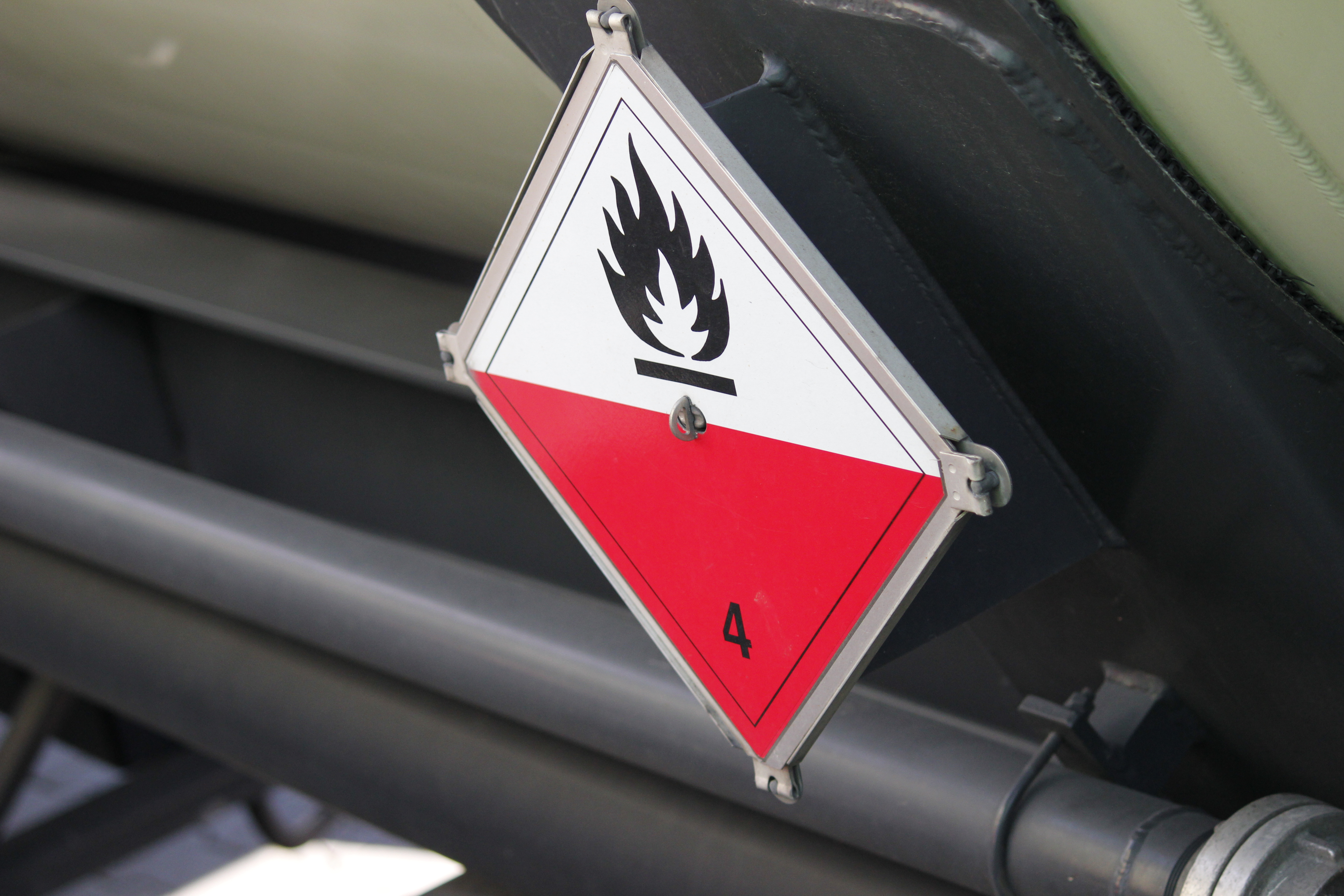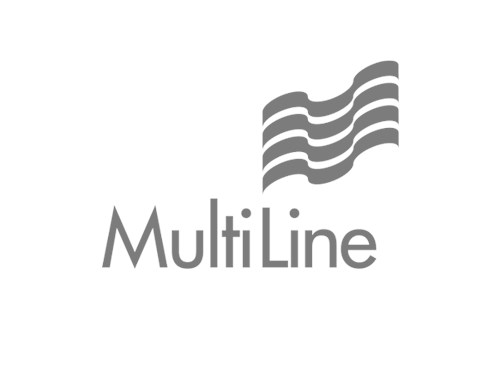Seven things you should know if you need to ship dangerous goods
30 June 2022
Shipping and transporting dangerous goods is a demanding task. Due to the significant risks involved, the area is subject to a considerable number of rules established by political bodies. These rules help prevent accidents and so you need to be very familiar with them before you start shipping dangerous goods.
At Danske Fragtmænd, we transport large quantities of dangerous goods every day and our employees are, therefore, thoroughly trained and we have several appointed safety advisers. In my work as a Dispatcher and Dangerous Goods Safety Adviser, I am in constant dialogue with our clients. Some ship dangerous goods quite often whereas others do so less often.
These latter typically need a bit of guidance, and other companies may benefit from the same advice. That is why I have gathered the seven most important things you should be aware of if you are going to ship dangerous goods.
1. Basic training of employees
As a minimum, everyone who is in any way engaged in the transport of dangerous goods must have completed ADR 1.3 basic training. This applies to both office staff who complete delivery notes and shipping documents as well as staff who is in direct contact with the goods at the warehouse.
2. Appoint a Dangerous Goods Safety Adviser
All companies shipping and transporting dangerous goods exceeding the exemption limit must appoint a Dangerous Goods Safety Adviser. The Dangerous Goods Safety Adviser does not necessarily have to be employed by the company but could also be an external consultant. The task of the Dangerous Goods Safety Adviser is to work with the company to prevent accidents in connection with dangerous goods. In doing so, he or she must advise the company on the rules, assist with the procurement of equipment and write the annual report required by law, amongst others. This requirement is being tightened up and, consequently, companies shipping dangerous goods below the exemption limit must appoint a Dangerous Goods Safety Adviser by 31 December 2022.
3. The duties of the consignor
The consignor may only ship goods that comply with the provisions of the ADR Convention. The consignor must inform the carrier in a traceable manner of the dangerous goods by means of shipping documents, approvals, certificates, and the like. Thus, the carrier knows what they are transporting and how much. Furthermore, the consignor may only use packaging that is approved, suitable and properly marked for the shipping of the substances in question.
4. Challenges arising in connection with the return of goods
Challenges may arise in connection with the return shipment of dangerous goods. The reason for this is that the roles change so that the original consignee now becomes the consignor. Thus, the duties of the consignor, described above, now apply to the new consignor. Not all companies have the resources required comply with these duties and then it is appropriate for you provide advice and assistance with the goods to be returned.
5. Transporting particularly dangerous goods
There are dangerous goods which may not be transported by the carrier in an open distribution system. By way of example, these may be goods that require specialised training or constant supervision. In addition, there are also goods covered by the provisions of the Danish Offensive Weapons Act. Instead, these shipments must be shipped as direct deliveries or by special vehicles. In addition, some UN numbers have a mixed loading prohibition.
6. Dangerous goods at warehouse hotels
If you would like to store dangerous goods at e.g. a warehouse hotel, special rules apply to the facilities and equipment on the part of the emergency services. These apply to fire extinguishing equipment, room divisions, environmental traps on sewers, and the like. Make sure your warehouse distributor has this in hand before storing your dangerous goods at a warehouse hotel.
7. Special rules for other modes of transport
If you want to ship dangerous goods by sea, air or rail, other rules apply. If the goods are shipped by sea, the transport must comply with the IMDG Convention. If the cargo is transported by sea within a line from Lysekil in Sweden to Skagen in Denmark, there are also exemptions as set out in the Conventions relating to the Baltic Sea which must be considered. If the goods are transported by air, the transport must be carried out in accordance with the provisions of IATA, whereas rail transport must occur according to the provisions of the RID.
Would you like to know more?
If you would like to know more about the shipment of dangerous goods, please study our folders or our website.
 By Sven Thomsen
By Sven Thomsen
Dispatcher and Dangerous Goods Safety Adviser, Danske Fragtmænd









